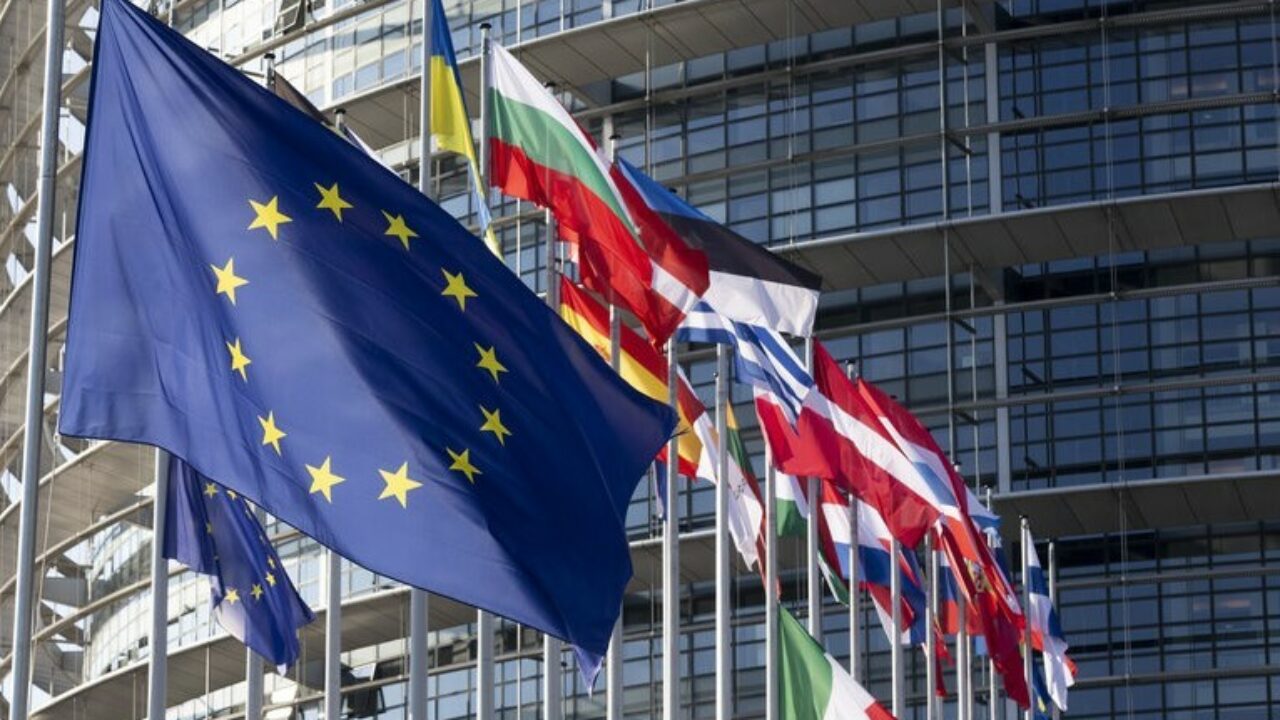

In the wake of Russia’s war on Ukraine, the long-stalled ambition to accept new members of the European Union has experienced a remarkable revival. In June 2022, the EU granted candidate status to Ukraine and Moldova, and in May 2023 President Emmanuel Macron declared he would like to see enlargement take place “as swiftly as possible”. This is a major shift: in the past, Paris perceived the accession of new members as a threat to the EU’s cohesion. Now it views this as a prerequisite of European sovereignty.
There is reason to hope that this time things will different. But supporters of enlargement should be under no illusions. The enthusiasm to welcome in new members could evaporate as quickly as it rose from the ashes of Bucha and Kramatorsk. Scepticism and concerns about the prospects for an enlarged union are still widespread, and these powerful currents will inevitably resurface. This was shown by the recent grain dispute, when even Kyiv’s strongest supporters, such as Warsaw, sought to prevent the entry of Ukrainian agricultural products into the single market. Quick and bold actions by the EU are therefore necessary while political energy remains potent.
The EU summit in December 2023 under the Spanish presidency is the moment for the bloc to set out what it will do to make this a reality. It will need to put in place a functional plan to be able to accept the Western Balkans countries and the trio of former Soviet states Ukraine, Moldova, and Georgia. The EU should do four things: set a target date of 2030 for enlargement; agree a plan to adapt EU policies to accept new members; formulate a ‘Madrid criterion’ of foreign policy alignment for aspiring members; and grant Kosovo candidate status.
Firstly, the EU should set a target date for its next round of enlargement. This would not mean accepting an obligation to allow in countries that are not ready. The enlargement process would have to remain – or, rather, become – truly merit-based. This commitment would instead be a (geo)political pledge by the European Council (not the European Commission) to open the door for accession to those able and willing to join. The date of 2030 – at least for states to participate in the single market, join the bloc’s climate action agenda, and receive EU funds – would be ambitious but realistic, and in line with the accession strategies of some candidate states, such as North Macedonia. The date is close enough to feel achievable and worth the political investment by elected leaders in the candidate states.
Secondly, accepting new members by 2030 – regardless of whether one envisages full membership for them by then, or only access to the single market and funds – will require the EU to get its own house in order. Lessons learned from the previous eastern enlargement in 2004 are instructive here. In 1999, the EU adopted the Berlin agenda 2000 to ensure the bloc’s policies were adapted to the reality of an enlarged union. It undertook a set of important and far-reaching reforms to its financial framework and agricultural policy. These were preceded by an impact assessment and policy recommendations put forward by the European Commission two years earlier. Now, this new enlargement, and the accession of Ukraine in particular with its significant agricultural sector, will require a substantial overhaul of the EU budget and the common agricultural policy. This is even more urgent and no less challenging than EU institutional reform, which tends to attract much more attention.
